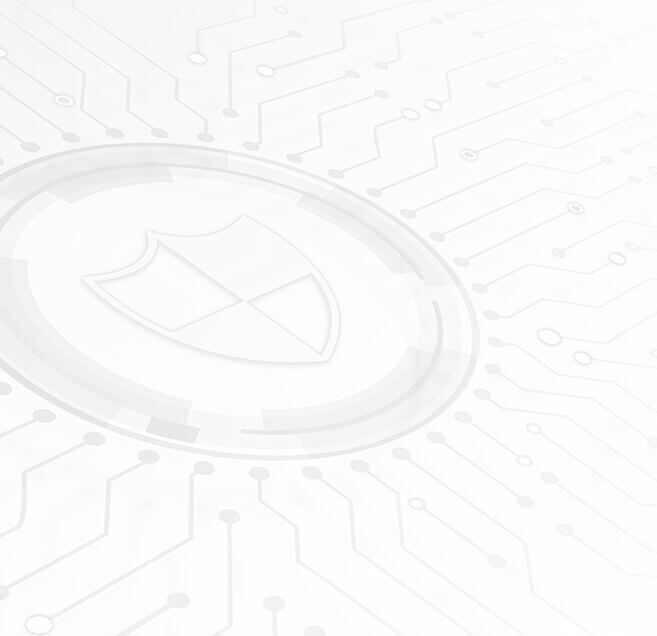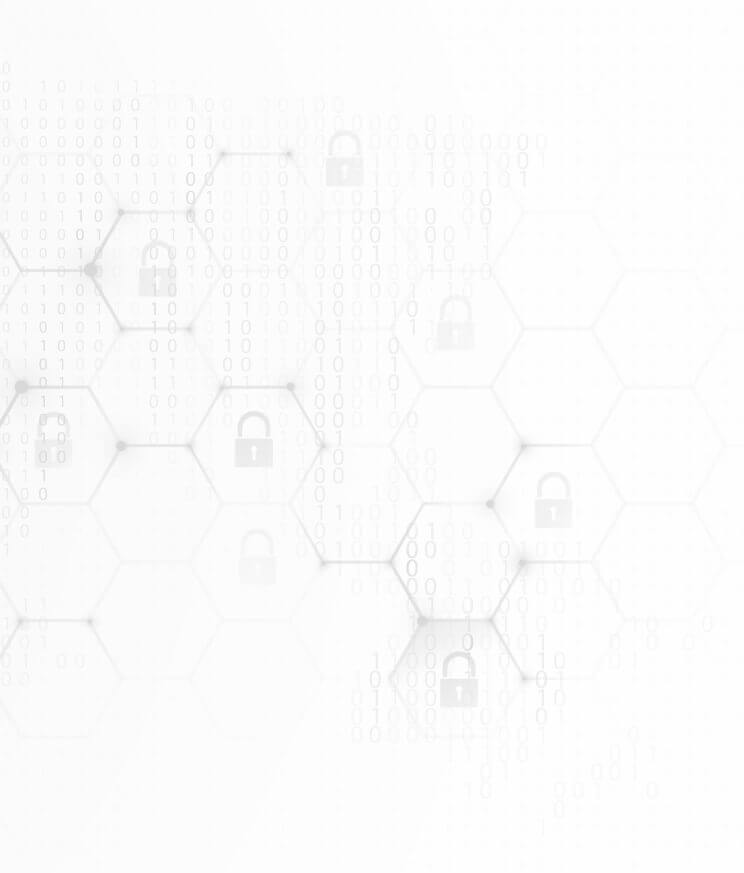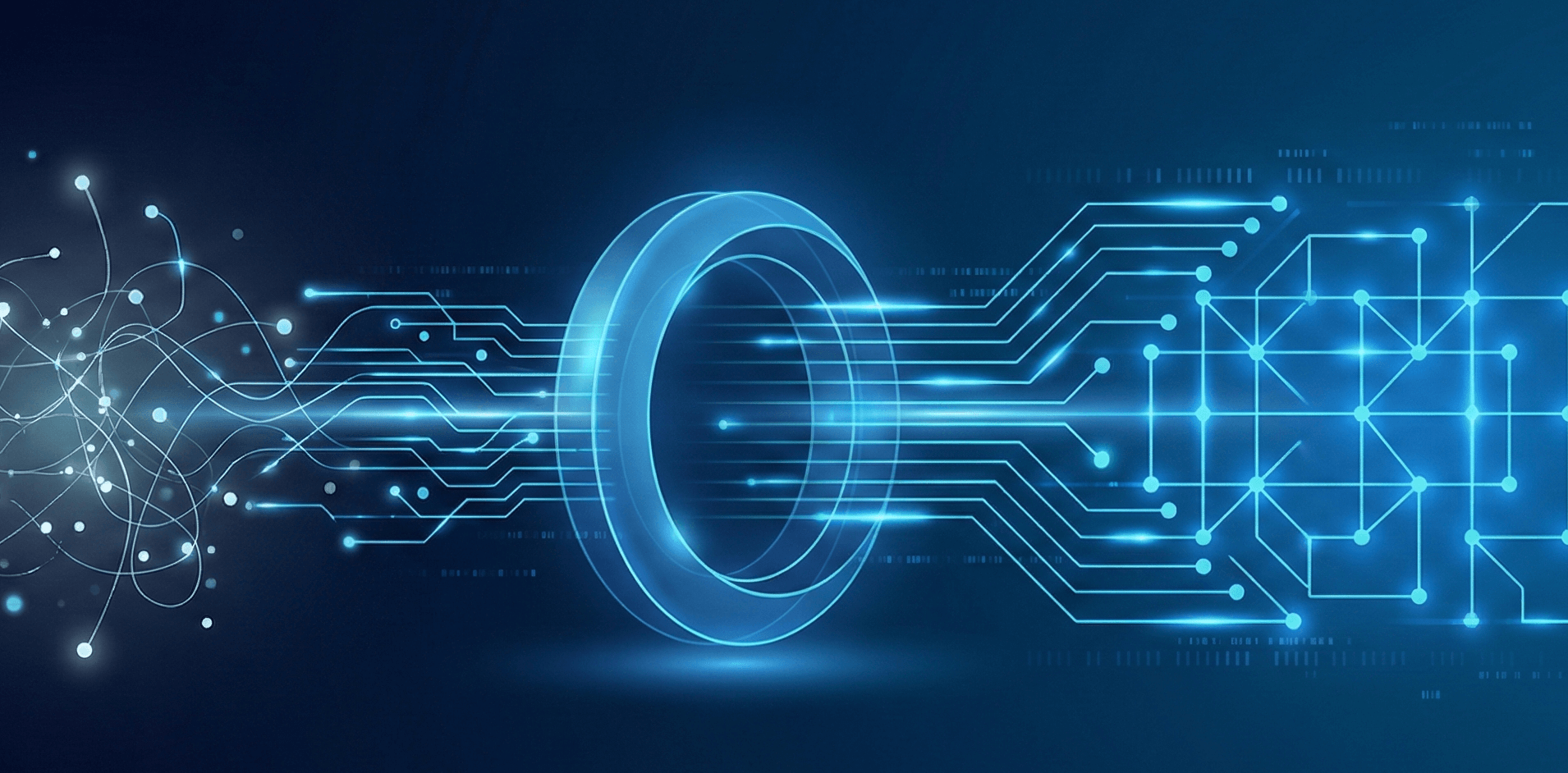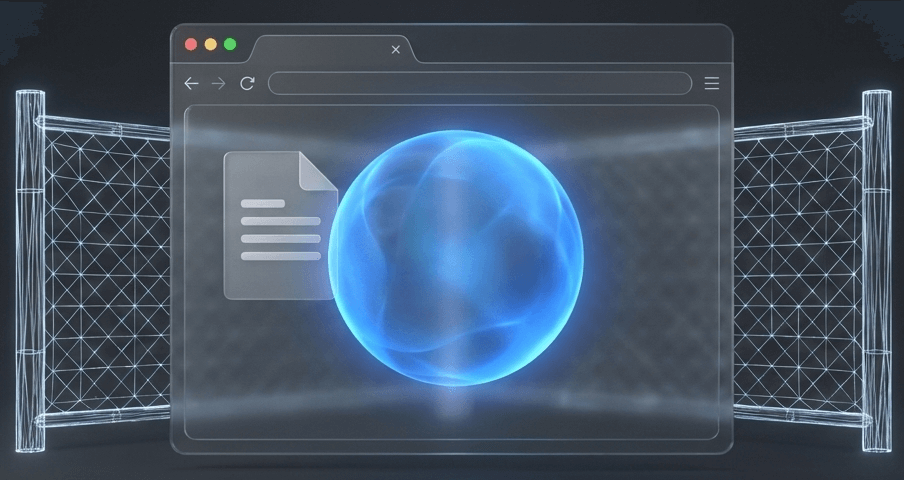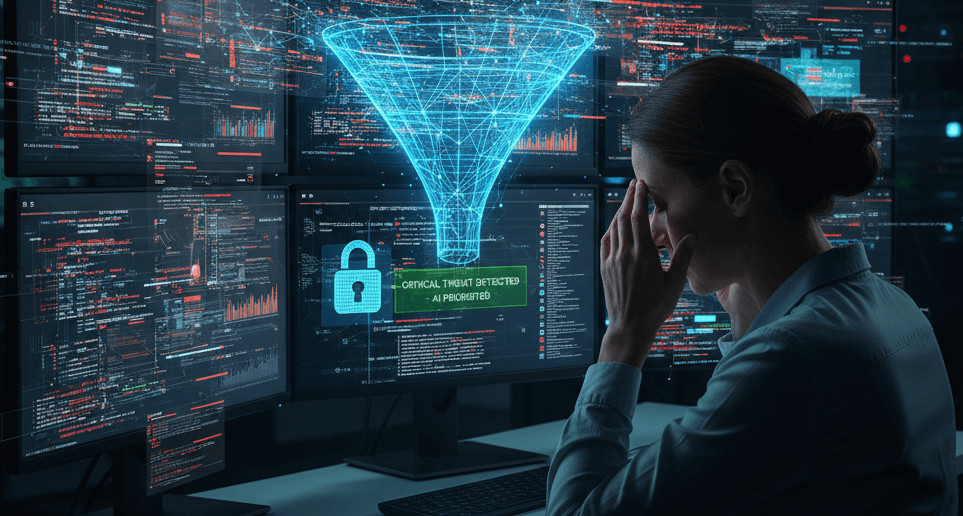
The modern cyber security landscape is a constant barrage of data. As organisations deploy increasingly sophisticated tools, from Endpoint Detection and Response (EDR) to Vulnerability Management and Security Information and Event Management (SIEM) platforms, they often encounter a paradoxical problem: an overwhelming volume of alerts that threatens to cripple the very teams designed to protect them. This phenomenon, known as ‘alert fatigue,’ is fast becoming a critical strategic risk.
At Mondas, we recognise that the issue is no longer about detecting threats; it is about intelligently prioritising and contextualising them. For too long, highly skilled IT teams and analysts have been drowning in noise, forced to expend critical cognitive effort on chasing down low-priority or false-positive notifications. The solution to this operational inefficiency lies not in hiring more analysts, but in leveraging the power of Artificial Intelligence.
The True Cost of Alert Fatigue
Alert fatigue is more than just an inconvenience; it represents a measurable drag on security effectiveness. When analysts are faced with thousands of daily alerts, some of which may well be irrelevant, their responsiveness erodes. This burnout leads to slower response times, increased staff turnover, and, most dangerously, the very real risk of a critical, high-impact threat being missed amidst the sheer volume of noise.
The focus shifts from proactive security to reactive ‘firefighting,’ leaving teams constantly behind and unable to concentrate on strategic, high-level improvements to the organisation’s overall security posture.
Intelligent Prioritisation with AI
The deployment of Artificial Intelligence offers a powerful and professional remedy to this operational challenge. AI models are uniquely suited to ingest and process data at a speed and scale that is simply impossible for human analysts. The primary benefit is not just faster detection, but the ability to filter, correlate, and prioritise alerts with unprecedented accuracy.
AI systems can analyse data from disparate security tools, automatically correlate related events into a single, comprehensive incident narrative, and assign a dynamic risk score. This triage process drastically reduces the volume of alerts requiring human review.
Potential Benefits of AI-Augmented Security Workflow
- Noise Suppression and Accuracy: AI and Machine Learning models learn the ‘normal’ behaviour of an environment per user, per host, and per system. This behavioural baseline allows the AI to accurately identify and dismiss the high volume of false positives and low-priority events that plague traditional systems.
- Contextual Insight and Prioritisation: By cross-referencing an alert against threat intelligence feeds, asset criticality data (from sources such as vulnerability scanners), and historical data, the system can provide a full context for the threat. This ensures that an analyst’s attention is immediately directed to the genuine, high-impact threats, such as a potential privilege escalation attempt on a critical domain controller.
- Autonomous Investigation: Advanced AI capabilities, often referred to as ‘AI SOC Analysts,’ can take initial steps to investigate an alert autonomously, gathering evidence, analysing file behaviour, and compiling a decision-ready report. This process, which might take a human analyst 15 to 30 minutes, is completed in a matter of minutes, significantly reducing the Mean Time to Conclusion (MTTC).
- Empowering Analysts for Strategic Work: By automating the repetitive, manual triage of Tier 1 alerts, AI frees up highly skilled security professionals. They can transition from basic investigative groundwork to higher-value activities, such as proactive threat hunting, improving detection engineering, and focusing on complex incident response strategies.
Leveraging Platform Intelligence
Many of the industry-leading tools in use today are already integrating these AI capabilities to deliver greater efficiency.
- SentinelOne‘s platform, for instance, leverages machine learning for both detection and response, allowing for highly accurate identification of suspicious behaviour and automated remediation actions, thereby reducing the manual load on EDR analysts.
- Platforms like CrowdStrike utilise sophisticated AI engines to analyse behavioural indicators and telemetry, helping to surface subtle, low-signal threats that might otherwise be missed. While new AI features, such as ‘Automated Leads,’ may require tuning to minimise initial noise, the long-term goal is a much clearer, more actionable queue for the human team.
- Tenable is leveraging AI to transform vulnerability management. Its Vulnerability Priority Rating (VPR) moves beyond the static CVSS score, using AI to determine the true, current exploitability of a vulnerability. This intelligent prioritisation ensures security teams focus their remediation efforts on the 1-2% of vulnerabilities that pose the most immediate, real-world risk, rather than the vast majority of the vulnerability backlog.
- For continuous security validation, platforms like Horizon3.ai‘s NodeZero use intelligent automation to proactively test for emerging threats (N-days and Zero-days). By rapidly identifying which assets are actually impacted by a new threat, the platform cuts through the general threat noise and delivers highly specific, actionable remediation guidance, preventing a potential storm of vulnerability alerts.
The Future is Augmentation, Not Replacement
The integration of AI is not about replacing the cyber security analyst; it’s about providing an indispensable augmentation. It allows the tools to do what they do best – process massive volumes of data and execute repetitive tasks. This reserves human expertise for complex analysis, strategic decision-making, and tasks that require contextual understanding, creativity, and judgement.
By embracing AI-powered triage and prioritisation, organisations can transition their Security Operations Centres (SOCs) from overwhelmed, reactive units to focused, resilient, and proactive defence teams. This strategic shift is vital to maintaining a robust security posture in the face of an ever-evolving threat landscape.
Published 09/10/2025

